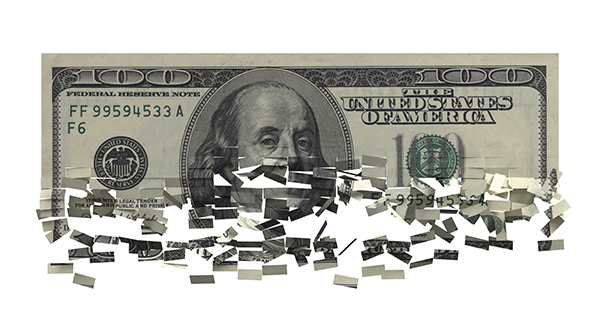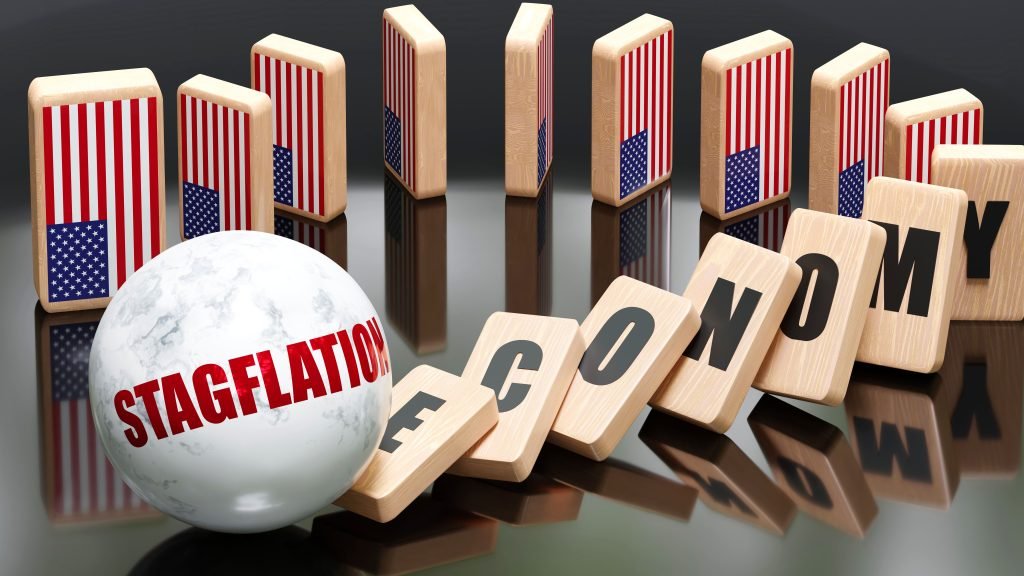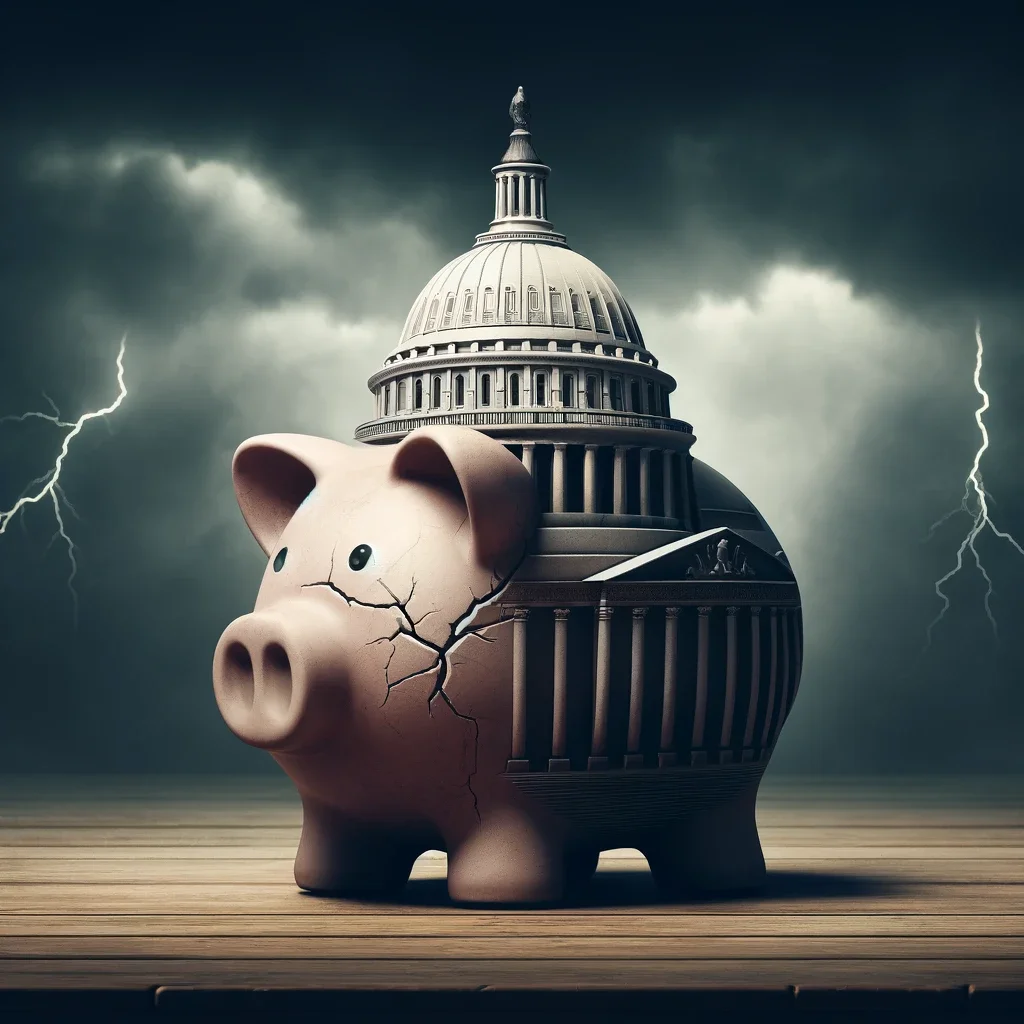Now it’s $13 trillion.
That’s the total amount of government bonds in the world that have negative yields, according to calculations published last week by Bank of America Merrill Lynch.
Given that there were almost zero negative-yielding bonds just two years ago, the rise to $13 trillion is incredible.
In February 2015, the total amount of negative-yielding debt in the world was ‘only’ $3.6 trillion.
A year later in February 2016 it had nearly doubled to $7 trillion.
Now, just five months later, it has nearly doubled again to $13 trillion, up from $11.7 trillion just over two weeks ago.
Think about that: the total sum of negative-yielding debt in the world has increased in the last sixteen days alone by an amount that’s larger than the entire GDP of Russia.
Just like subprime mortgage bonds from ten years ago, these bonds are also toxic securities, since many of are issued by bankrupt governments (like Japan).
Instead of paying subprime home buyers to borrow money, investors are now paying subprime governments.
And just like the build-up to the 2008 subprime crisis, investors are snapping up today’s subprime bonds with frightening enthusiasm.
We’ll probably see $15 trillion, then $20 trillion, worth of negative-yielding subprime government debt within the next few months.
So this trend will continue to grow for now, until, just like in 2008, the bubble bursts in cataclysmic fashion.
It took several years for the first subprime bubble to pop. This one may take even longer. But even still, we can already see the consequences today.
A few months ago I told you about the remarkable $3.4 trillion funding gap in the US pension system.
Remember, we’re not talking about Social Security– that has its own $40+ trillion shortfall.
I’m talking about private companies’ retirement pensions, or public service worker pensions at the city and state level.
(By the way, this is NOT strictly a US phenomenon. Europe suffers its own $2 trillion pension shortfall.)
There’s zero mathematical probability that these pensions will be able to meet their obligations.
They’re already underfunded. And the problem is getting worse, thanks in part to this plague of low and negative interest rates.
You see, most pension funds must achieve a low-risk investment return of roughly 8% in order to stay solvent and pay their beneficiaries.
And making an 8% return used to be a reasonable assumption.
25-years ago, government bonds often yielded more than 8%.
So unsurprisingly, the average return for pension funds over the last 25-years has been around 8% according to the National Association of State Retirement Administrators.
But that’s no longer the case.
With such a huge portion of the bond market now with negative yields, it’s virtually impossible for pension funds to keep their promises.
Even Warren Buffett has written that “[pension] funding is woefully inadequate,” and, “In a world where people are living longer and inflation is certain, those promises will be anything but easy to keep.”
Bottom line: anyone who is ever considering retirement must heavily discount the future promises of unfunded pensions and Social Security.
The younger you are, the less likely you are to receive benefits they’ve promised.
But this also gives you time to prepare and take matters into your own hands. Consider the following:
1. Establish a better retirement plan.
Millions of people currently have their retirement savings trapped in some generic retirement package, like a managed 401(k) that’s directed by a gigantic financial institution.
You could easily be paying 1% to 2% per year in fees. In other words, your investment return is 1% to 2% less than what it should be.
That might not sound like much, but over time it makes a huge difference.
Over the course of a few decades, even a 0.5% difference in your average annual investment return can add up to hundreds of thousands of dollars.
It’s imperative to cut unnecessary costs on your retirement plan.
Depending on the investments you make, establishing a more flexible retirement structure like a solo(k) or self-directed IRA is one way to potentially reduce those costs.
It’s possible to fix your expenses to a particular dollar amount (typically just a few hundred dollars each year) rather than a percentage of assets.
So if your retirement account is somewhere between $50,000 to $100,000, you could save a lot of money and really boost your retirement.
2. Expand your investment universe.
Just like saving on your retirement structure’s costs, or being able to put more money away, raising your average annual investment return by just 1% can have a profound impact on your retirement.
This means being willing to step outside of the crowd and go beyond traditional investments like stocks, bonds, and mutual funds.
It’s not to say you can’t make money with these assets classes.
But the more solid investment options you have to choose from, the more likely you’ll be able to generate higher returns.
Again, this is where a flexible retirement structure really makes a difference.
With a solo(k) or self-directed IRA, you’ll be able to invest in numerous asset classes beyond the mainstream retirement options, including physical precious metals, private equity, venture capital, cash-producing real estate, and more.
3. Start a business.
I’m not talking about the next Google or any major enterprise. But with a little bit of education and effort, it’s possible for absolutely anyone to learn the basic skills needed to make extra money.
In the Digital Age where e-commerce prevails, there are countless options to generate independent income.
And again, with the right structure, it’s possible to push the bulk of your side business’ income into a tax-deferred retirement fund.
[I’ll have a dedicated article on this soon with some more resources and recommendations.]








